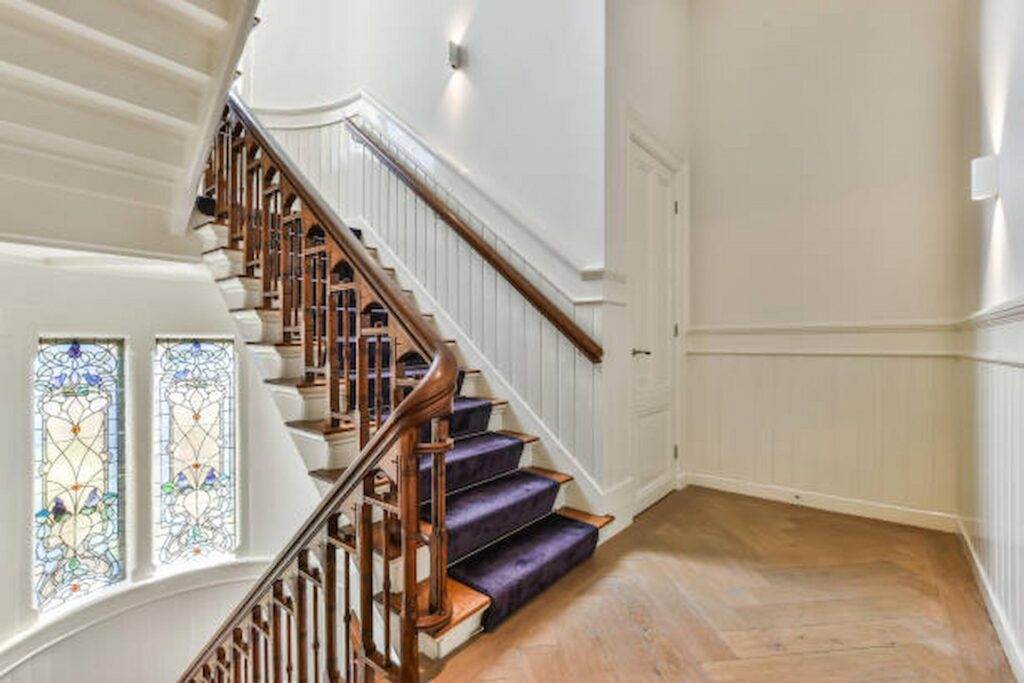Whether it has been you who has recently been experiencing issues with your mobility, a family member or another close loved one, a safer and easier way to move around the house is something that will certainly help with day-to-day life.
Continue reading to learn how to make small changes to your home to increase the overall accessibility of the space in and around it.
Step Rails & Outdoor Ramps
When it comes to transforming a home to aid the mobility of its occupants, the front and rear entrances are often overlooked, despite the fact that they are, quite frankly, one of the most important elements.
Outdoor ramps, either of a permanent kind or a foldable, portable one, mean that people who use a wheelchair can access and enter the property significantly easier. Handrails along the sides of the garden paths, stepping stones and up steps to the door will provide safety and security to those with mobility difficulties, too.
Carpet Runners
You may find, in a home where none of the residents have issues with moving around, a beautifully fitted and striking carpet runner in the middle of the staircase, especially on wooden flooring types.
Renowned and established suppliers, like aflooringboutique.co.uk, will assist you in striking the perfect balance between ensuring there is no chance of slipping and falling on the stairs and improving the aesthetic look of your stairs and landing.
The Kitchen
Naturally, the kitchen is one of the most frequented rooms in most households. Subsequently, it has the potential to be the room most likely to easily become cluttered, giving rise to multiple hazards, especially for those who experience issues with their mobility.
Worktops should be lowered and, where possible, appliances installed with safety and ease-of-use in mind. The floor space should be kept as clear and clutter-free as possible to reduce the risk of injury, and having environmental controls in the kitchen will mean you are able to control things like the television, windows, lighting and heating with the touch of a button.
The Bathroom
Just as the living room and the kitchen are used by almost everyone in the home at least once or twice a day, the bathroom is also a room within your home that you need to pay particular attention to.
For disabled people, the bathroom is usually the top priority when considering accessibility and, as such, the sink in your personal bathroom should be at an adequate height so that a wheelchair can comfortably slide underneath.
If your budget allows, and you feel as if it would be a valuable use of time and money, a wet room is by far the best choice, but if you are not currently in the position to consider this, a securely fitted shower seat will make bathing a lot easier. Additionally, the installation of grab rails under the sink, adjacent to the toilet and inside the shower will also make a huge difference to the level of ease and comfort you experience in the bathroom.

